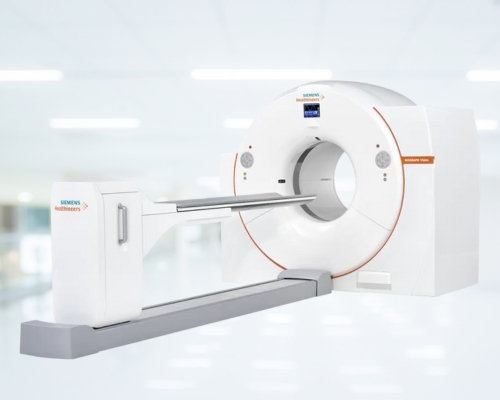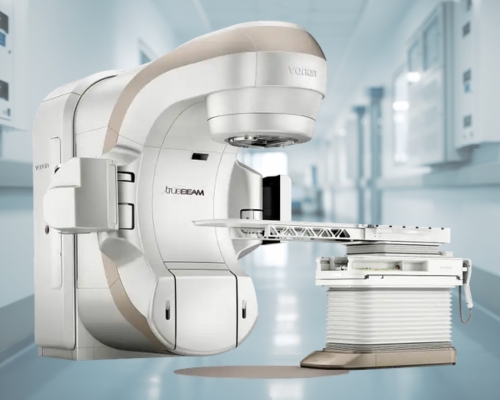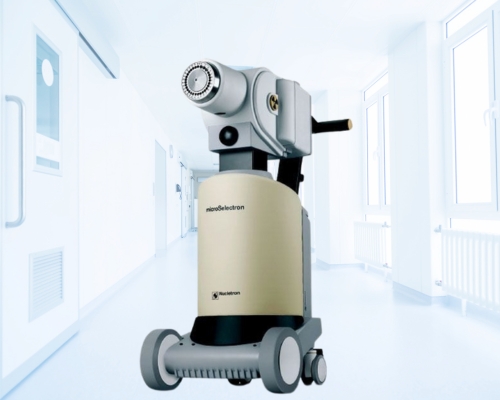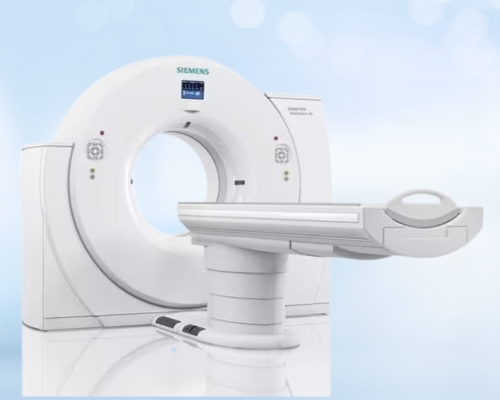Siemens Healthineers PET CT Scan

What is PET CT Scan?
A PET CT scan is a diagnostic imaging technique that combines two technologies: Positron Emission Tomography (PET) and Computed Tomography (CT). The PET scan detects metabolic activity using a small amount of radioactive tracer, while the CT scan provides detailed anatomical images. When combined, these scans offer a comprehensive view, showing both the structure and function of tissues and organs, which is particularly useful in detecting cancer, heart problems, and brain disorders.
How Does It Help?
PET CT scans help in diagnosing, staging, and monitoring diseases by highlighting abnormal metabolic activity within the body. It allows physicians to identify areas where cells are growing rapidly, which often indicates cancer. This scan is also used to assess the effectiveness of treatment by showing changes in metabolism before structural changes occur, making it an invaluable tool for early intervention and personalized care.
How Is It Done?
Preparation
Before the scan, patients may be asked to fast for several hours, usually avoiding food and drinks except water, as high blood sugar levels can interfere with the results. The patient should inform the physician about any medications, allergies, or existing medical conditions. A radioactive tracer is injected, swallowed, or inhaled, depending on the type of scan, and the patient must wait for about 30-60 minutes to allow the tracer to circulate and be absorbed by the tissues.
Procedure
During the scan, the patient lies on a cushioned table that slides into the PET CT scanner—a large, doughnut-shaped machine.
The PET scan detects radiation emitted by the tracer, and the CT scan takes detailed cross-sectional images. The entire process usually takes 20-45 minutes, and the patient must remain still to ensure clear images. The PET and CT images are then combined to create a comprehensive view of the body's internal structures and functions.
After Treatment
After the scan, the patient can typically resume normal activities immediately, as the radioactive tracer naturally exits the body through urine or stool within a few hours. It’s advised to drink plenty of fluids to help flush out the tracer more quickly. Results are usually reviewed by a radiologist and sent to the referring doctor, who will discuss the findings and determine the next steps. There are generally no lasting side effects, but patients should inform their doctor if they experience any unusual symptoms.
What Are The Benefits and Risks of PET CT Scan?
Benefits: PET CT scans provide highly accurate information about disease presence and spread, guiding doctors in planning the most effective treatment. They are non-invasive, relatively quick, and can detect diseases at a cellular level, often before symptoms appear.
Risks: The main risks involve exposure to radiation from both the PET tracer and CT scan, though the levels are generally low and considered safe. There’s also a minor risk of allergic reaction to the tracer, and in rare cases, the results may lead to false positives or negatives, impacting diagnosis or treatment plans.
What Makes PET CT Scan So Unique?
PET CT scans are unique because they combine metabolic and anatomical imaging in a single session, providing a more comprehensive picture of the body than either scan alone. This combination allows for precise localization of abnormal activity, making it a powerful tool in detecting cancers and other diseases early when they are most treatable. Its ability to monitor treatment effectiveness in real-time further sets it apart, guiding adjustments in therapy to improve patient outcomes.
Looking for an Expert
Sharda Care - Healthcity is home to some of the eminent Doctors in the world.
Book an Appointment








